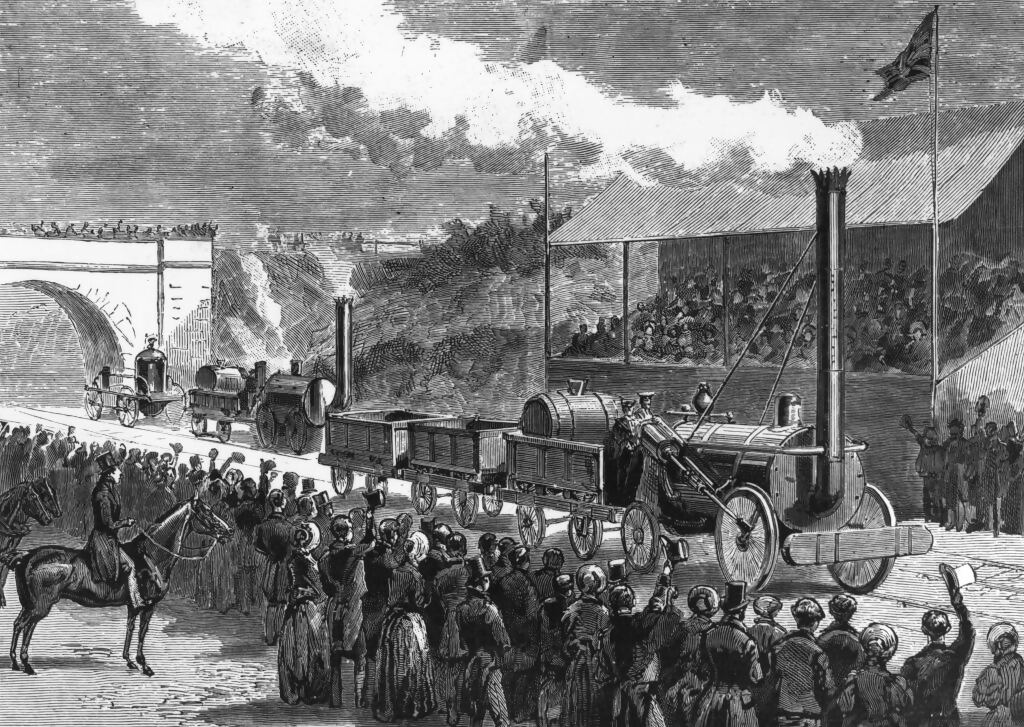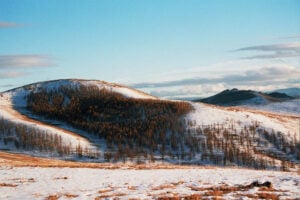We now move around the world by train without thinking about it, with hundreds of millions of people traveling on them every single day. Today, we’re rewinding nearly 200 years and going to the northeast of England, where work was underway on the first public railway line.

Opened on September 27, 1825, it ran between the coal towns of Stockton and Darlington. It was rather unimaginately called the Stockton and Darlington Railway, and was the world’s first freight and passenger service to operate with steam traction.
Work began back in 1821, with a man called George Stephenson behind the construction of several steam engines to work in the Killingworth colliery, moving the vast amounts of coal coming up from the mines.
Read More: Inside the world’s last gaslit movie theater
Unrelated but around the same time, Edward Pease proposed an 8-mile (12.9-km) rail line that ran from Stockton, sitting on the coast, to the inland mines of Darlington. Pease’s line originally intended to use horse traction to pull the coal, until Stephenson intervened and explained that his steam engines could pull 50 times more on the iron rails than horses could. The two ideas came together and by 1825 the line was operational.
Pease agreed to let Stephenson equip his line. The first steam engine ran that September from Stockton to Darlington and was preceded by a man on horseback carrying a flag reading Periculum privatum utilitas publica – meaning “The private danger is the public good”.

When the horse moved out of the way, Stephenson took the sandbags off and put his foot down. It reached a speed of 15 miles (24 km) per hour. Along with the wagons of coal, they were planning on taking around 300 passengers. Estimates now put the number of people on that inaugural journey at between 450 and 600, with some traveling on top of the coal. A crowd of around 10,000 greeted the train as it chugged into Darlington.
In the early days, drivers on the Stockton and Darlington Railway had to pay for fuel and firemen out of their own wages. It was a dangerous system, and a fireman was a necessary cost. Sadly, in March 1828, the boiler of locomotive number 5 exploded and one of the two firemen was killed, with the other severely burned.

Horse-drawn carriages continued to power most of the passenger journeys until 1933, while steam engines powered the movement of coal. To this day, the line remains operational, though obviously now part of a far larger network of trains that move significantly quicker than those pioneering steam trains.
Britain was not alone in having its early trains inspired by industry. France’s first lines ran from Saint-Etienne to Andrézieux and Saint-Etienne to Lyon, all in the heartland of French mining during the Industrial Revolution.
If you like old steam engines, check out this video we made on one of the last authentic steam railroads.





